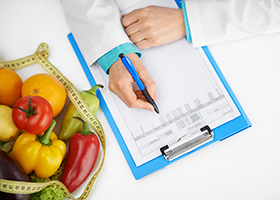By reducing the portion size of your meals, you can lose excess weight without disrupting your lifestyle. Unlike a crash diet you can't stick to long term, downsizing your portions is a sustainable change to your eating habits.
Eating right-size portions requires knowledge, awareness, time and constant vigilance. The following tips will get you started.
Use the plate model. To control your portion size, divide your plate into four sections, or quarters. Fill one quarter with protein such as meat, chicken, fish or tofu. Fill another quarter with a starchy food like cooked brown rice, pasta, sweet potato or quinoa. Fill the remaining half of your plate with vegetables. Instead of filling a dinner plate, serve your meal on a luncheon-sized plate (7 to 9 inches in diameter).
Serve several courses. Prolong your meal by dividing it into a few courses. Start with a broth based soup; serve salad separately from the rest of the meal; offer fruit afterwards instead of an extra portion of meat or potato. Doing so stretches mealtime, makes less food seem like more and gives your brain time to register you've had enough to eat.
Keep seconds out of sight. Don't serve family style. Seeing dishes of food on the table encourages overeating. Keep seconds out of sight. Ideally, cook only one serving for the family. If there's extra food sitting on the stove, you'll be tempted to go back for seconds.
Don't rush your meal. Put your knife and fork down after every bite to slow your eating pace. Take sips of water between bites. Eating slowly helps you eat less food and gives your brain time to register fullness.
Ban eating distractions. Eating in front of the television, while reading, while checking emails, or while driving makes you more likely to overeat. Reserve the kitchen or dining room table for meals and pay attention to the fact you are eating.
Share an entrée. Restaurant portions are often very large, delivering double or triple the calories you'd serve yourself at home. When dining out, order two appetizers instead of a main course, or split an entrée between two people.
Read nutrition labels. Read labels on food packages to become familiar with serving sizes of breakfast cereals, crackers, snack foods, even salad dressing and peanut butter. Measure your foods in a measuring cup or with measuring spoons.



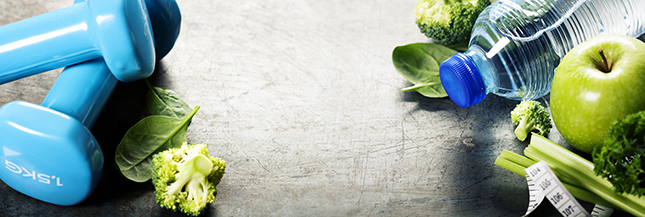
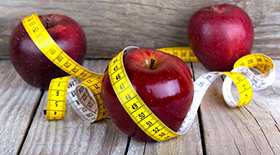
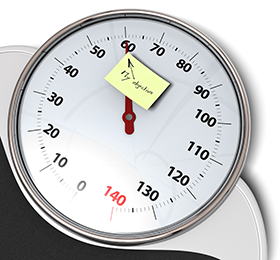
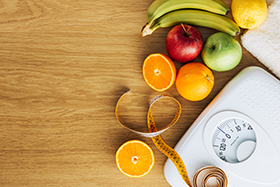
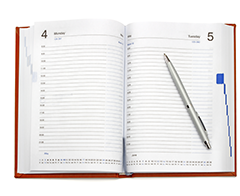

 Add variety. Keep your exercise program interesting by planning different types of exercises you enjoy – a power walk with a friend, a Zumba class at the gym and a hike on the weekend.
Add variety. Keep your exercise program interesting by planning different types of exercises you enjoy – a power walk with a friend, a Zumba class at the gym and a hike on the weekend.